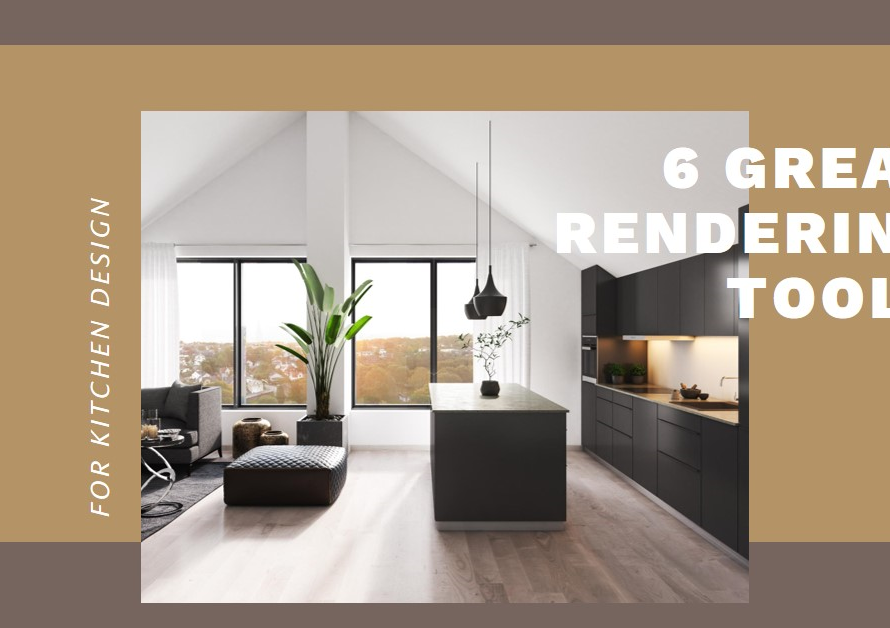
Table of Contents
Unveiling the Artistry: Architectural Rendering for Architects
In the realm of architecture, where imagination intertwines with precision, the role of architectural rendering emerges as a pivotal element in the design process. Rendering serves as a bridge between the abstract concepts envisioned by architects and the tangible reality that stakeholders can perceive. With advancements in technology, architectural rendering has evolved into a sophisticated art form, offering architects a powerful tool to communicate their ideas effectively. This blog post delves into the nuances of architectural rendering, exploring its significance, techniques, and impact on the architectural landscape.
The Essence of Architectural Rendering
At its core, architectural rendering encapsulates the essence of a design concept, breathing life into blueprints and sketches. It transcends the limitations of traditional drafting methods, offering a photorealistic portrayal of architectural visions. Through rendering, architects can convey the interplay of light and shadow, the texture of materials, and the ambiance of spaces with unparalleled clarity. Whether it’s a towering skyscraper, a quaint residential abode, or an avant-garde cultural center, rendering enables architects to articulate their creative vision with precision and finesse.
The Evolution of Rendering Techniques
Over the years, rendering techniques have undergone a remarkable evolution, propelled by advancements in computer graphics and visualization software. Gone are the days of hand-drawn renderings painstakingly crafted with pencils and markers. Instead, architects now harness the power of cutting-edge software tools such as Autodesk Revit, SketchUp, and Lumion to create stunning visualizations. These software packages offer a plethora of features, including realistic lighting effects, detailed textures, and dynamic animations, empowering architects to create immersive experiences for their clients.
Navigating the Digital Landscape
In today’s digital landscape, architects are presented with a myriad of options when it comes to rendering techniques. From photorealistic renderings to stylized illustrations, each approach offers its own unique advantages and aesthetic appeal. Photorealistic renderings aim to replicate reality with utmost accuracy, providing clients with a clear depiction of the final built environment. On the other hand, stylized renderings allow architects to experiment with artistic expression, conveying mood and atmosphere through bold colors and abstract forms. By leveraging a diverse range of rendering styles, architects can tailor their presentations to suit the preferences of their audience and the specific requirements of each project.
The Power of Visualization
One of the most compelling aspects of architectural rendering lies in its ability to foster collaboration and facilitate decision-making. By presenting clients and stakeholders with lifelike visualizations, architects can solicit feedback, iterate on designs, and make informed decisions throughout the design process. Visualization serves as a common language that transcends technical jargon, enabling architects to communicate complex ideas in a clear and accessible manner. Whether it’s presenting design proposals to clients, collaborating with engineers and contractors, or garnering support from community stakeholders, architectural rendering serves as a powerful tool for consensus-building and decision-making.
Enhancing Presentation Quality
In the competitive realm of architecture, presentation quality plays a crucial role in shaping perceptions and winning commissions. Architectural rendering offers architects a means to elevate their presentations from mundane to mesmerizing, capturing the imagination of clients and setting their designs apart from the competition. By investing in high-quality renderings, architects can showcase the full potential of their designs, instilling confidence in clients and conveying a sense of professionalism and attention to detail. Whether it’s a sleek commercial development, a luxurious residential estate, or a groundbreaking civic project, compelling renderings can transform abstract concepts into compelling visual narratives that resonate with audiences.


Optimizing Workflow Efficiency
Beyond its aesthetic allure, architectural rendering also serves a practical purpose by streamlining the design process and enhancing workflow efficiency. With the aid of rendering software, architects can quickly generate multiple iterations of a design, explore different options, and evaluate their impact in real-time. This iterative approach allows architects to fine-tune their designs iteratively, responding to feedback and refining details until they achieve the desired outcome. Moreover, rendering software enables architects to collaborate seamlessly with other stakeholders, sharing digital models and visualizations across teams and disciplines. By embracing rendering technology as an integral part of their workflow, architects can enhance productivity, reduce errors, and deliver projects on time and on budget.
Embracing Sustainable Design
In an era defined by environmental consciousness and sustainability, architectural rendering plays a vital role in promoting eco-friendly design practices. By visualizing sustainable features such as green roofs, passive solar design, and energy-efficient materials, architects can inspire clients to prioritize environmental stewardship in their projects. Renderings allow clients to envision the long-term benefits of sustainable design strategies, from reduced energy consumption and lower operating costs to improved occupant comfort and well-being. By integrating sustainability into their visualizations, architects can catalyze positive change and contribute to the collective effort to create a more sustainable built environment.
The Future of Architectural Rendering
As technology continues to evolve at a rapid pace, the future of architectural rendering holds boundless possibilities. From real-time rendering engines to virtual reality experiences, architects are poised to embrace a new era of immersive visualization technologies. These innovations promise to revolutionize the way architects design, communicate, and experience the built environment, ushering in a new era of creativity and collaboration. As architects continue to push the boundaries of what’s possible, architectural rendering will remain a cornerstone of the design process, empowering architects to transform their visions into reality with unprecedented clarity and conviction.
Conclusion: The Artistry of Architectural Rendering
In conclusion, architectural rendering stands as a testament to the artistry and innovation that define the field of architecture. From its humble beginnings as hand-drawn sketches to its current incarnation as digital masterpieces, rendering has continually evolved to meet the evolving needs of architects and clients alike. By harnessing the power of visualization, architects can articulate their creative vision with clarity and precision, shaping the future of the built environment one rendering at a time. As we look ahead to the future, the possibilities are limitless, and the journey of architectural rendering continues to unfold with infinite potential.


